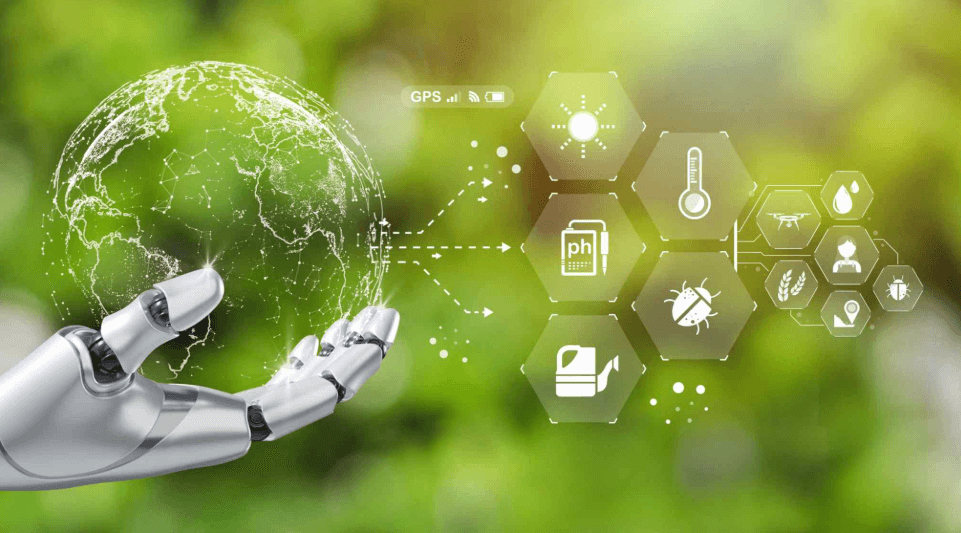The Role of Data Science in Environmental Conservation
Data science has emerged as a pivotal component in the field of environmental conservation. By analyzing extensive ecological datasets, researchers can identify trends and patterns that are critical for understanding wildlife populations and habitat dynamics. Advanced predictive modeling techniques further enhance these insights, allowing for accurate forecasts of climate change impacts. This analytical framework raises important questions about the effectiveness of current conservation strategies and the potential for data-driven solutions to address pressing environmental challenges.
Harnessing Data for Wildlife Monitoring
A significant number of wildlife species are increasingly threatened by habitat loss and climate change, necessitating innovative monitoring strategies.
Wildlife tracking technologies, such as GPS collars and camera traps, enable researchers to gather detailed data on animal movements. This data is crucial for population analysis, helping conservationists identify trends, assess risks, and develop targeted interventions to protect vulnerable species and their habitats effectively.
Predictive Modeling for Climate Change
Predictive modeling serves as a vital tool in understanding and anticipating the impacts of climate change on ecosystems and biodiversity.
By integrating climate forecasting techniques, researchers can conduct thorough impact assessments, identifying vulnerable species and habitats.
These models enable stakeholders to make informed decisions, fostering resilience against climate challenges while promoting biodiversity conservation.
Ultimately, they empower societies to adapt proactively to an uncertain environmental future.
See also: The Role of Chatbots in Improving Customer Experience
Data-Driven Strategies for Resource Management
Effective resource management increasingly relies on data-driven strategies that leverage advanced analytics and real-time information.
By employing data analytics, organizations can optimize resource allocation, ensuring sustainable use of natural assets. These strategies facilitate informed decision-making, enhance efficiency, and reduce waste, thereby promoting environmental conservation.
Ultimately, data-driven approaches empower stakeholders to balance ecological needs with economic objectives, fostering a sustainable future.
Enhancing Public Engagement Through Data Visualization
How can data visualization transform public engagement in environmental conservation?
By utilizing interactive maps and storytelling graphics, organizations can effectively communicate complex environmental data.
These tools foster an understanding of critical issues, enabling citizens to visualize impacts and participate meaningfully in conservation efforts.
Such engagement empowers individuals, promoting informed decision-making and collective action toward sustainable solutions that resonate with their desire for freedom and agency.
Conclusion
In conclusion, data science serves as a pivotal tool in the realm of environmental conservation, enabling precise monitoring and strategic resource management. For instance, a study by the World Wildlife Fund revealed that data-driven conservation initiatives have resulted in a 52% increase in certain endangered species populations over the past decade. This statistic underscores the powerful impact of utilizing data to inform conservation efforts, ultimately fostering a more sustainable relationship between humans and the natural world.




